Delta Group in India is operating since 2003 and is part of Delta, founded in 1971 with its Global Headquarters in Taiwan. Delta Electronics India Private Limited is a group entity and a leading Power and Energy management company.
Delta Electronics India operates in three business categories: Power Electronics, Automation, and Infrastructure.
I. Active Harmonic Filter (AHF)
An Active Harmonic Filter (AHF) is a device used in electrical systems to mitigate harmonic distortion and improve power quality. Harmonics are unwanted frequency components in the electrical system that can result from non-linear loads like variable speed drives, power converters, and other electronic equipment. Active Harmonic Filters work in real-time to monitor the electrical system and dynamically inject equal and opposite harmonic currents to cancel out the unwanted harmonics.
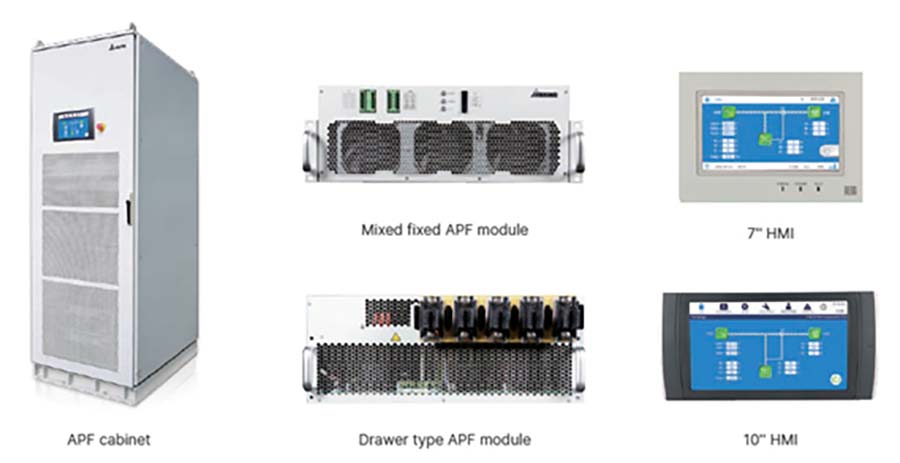
Functions
- Harmonic Current Injection:
AHFs inject harmonic currents into the system in real-time, with the amplitude and phase designed to cancel out the unwanted harmonics. - Power Factor Correction:
In addition to harmonics mitigation, AHFs also provide power factor correction, improving the overall efficiency of the electrical system. - Voltage Flicker Reduction:
AHFs can help reduce voltage flicker, which is a common issue in systems with non-linear loads. - Compliance with Standards:
AHFs are designed to comply with international standards for power quality, ensuring that the electrical system meets regulatory requirements. - Remote Monitoring and Control:
AHFs offer remote monitoring and control capabilities, allowing users to monitor the system status and adjust settings remotely. - Low Total Harmonic Distortion (THD):
The goal of AHFs is to maintain a low THD in the electrical system, ensuring that the voltage and current waveforms are as sinusoidal as possible.
Key Features
- Real-time Monitoring
- Dynamic Compensation
- Adaptive Filtering
- Modular Design
- Harmonic Analysis
Benefits
- Improved Power Quality
- Equipment Protection
- Energy Efficiency
- Compliance
- Cost Savings
II. Static VAR Generator – SVG
A Static VAR Generator (SVG) is a device used in power systems to dynamically provide or absorb reactive power (VARs) to maintain voltage stability. It is a type of Static VAR Compensator (SVC) that operates based on power electronics.
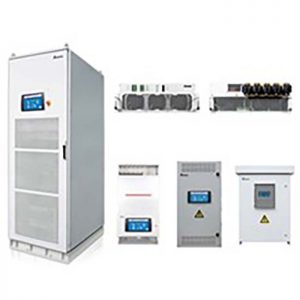
Key Features and Functions
Reactive Power Compensation:
The primary function of an SVG is to provide reactive power support to the power system, helping to maintain the desired voltage levels.
Power Electronics:
SVGs use power electronics components, such as insulated-gate bipolar transistors (IGBTs) or thyristors, to quickly control the flow of reactive power.
Fast Response Time:
One of the advantages of SVGs is their fast response time. They can quickly inject or absorb reactive power to counteract sudden changes in the power system, such as load fluctuations or network disturbances.
Voltage Regulation:
By controlling the flow of reactive power, SVGs contribute to voltage regulation in the power system, ensuring that voltage levels are within acceptable limits.
Dynamic Compensation:
SVGs can be dynamically controlled based on real-time measurements and system conditions. This allows for effective compensation under varying operating conditions.
Harmonic Filtering:
Some SVGs are equipped with harmonic filtering capabilities, helping to mitigate the impact of harmonic distortions in the power system.
Modular Design:
Many SVGs are designed in a modular fashion, allowing for scalability based on the specific needs of the power system. This makes them adaptable to a range of applications.
Low Losses:
SVGs typically have lower losses compared to traditional devices like capacitor banks or reactors, making them more energy-efficient.
Grid Integration:
SVGs can be integrated into the power grid to provide dynamic reactive power support where needed. They are often used in combination with other reactive power compensation devices to optimize system performance.
Applications
- Industrial Plants
- Renewable Energy Integration
- Distribution Networks
- High Voltage Transmission Systems
III. Electronic Load (E-Load):
Burn In test and performance test are mandatory manufacturing procedure of UPS, PV Inverter and wind power converter, etc.
Why we need E-Load?
- Each test requires a proper load.
- Simulate R/RC/RL/RCD loads for UPS.
- Energy recycling/saving
- Footprint saving
Advantages
- Energy Saving
Electronic load can feedback energy to power supply system - Multiple Load Type>
Electronic load is programmable and it can simulate multiple load types. - High Power Density>
Save footprint for testing laboratory
IV. UPS Ultron NT Series
The Ultron NT series is a three phase UPS featuring customized I/P-O/P ratings for various applications. With N+X parallel redundancy or expansion, it guarantees high availability and reliability for your critical loads.
The Ultron NT series offers continued seamless protection for your business even under 100% unbalanced loading conditions. Its economy mode improves efficiency by 4% to 7% and saves operating cost.
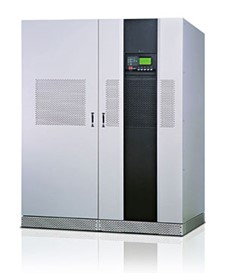
Features
- Optional external battery cabinet for longer backup time.
- Parallel expansion as your business grows and consequently saves initial investment.
- Common battery installation saves initial investment.
- Multi-language LCD display and LED status indicators.
Applications

V. Delta Hybrid System
Power Quality Solutions (APF/ SVG + Capacitor Bank)
Delta PQC series power quality solution consists of the Active Power Filter (APF) and Static VAR Generator (SVG). Both provide an active compensation solution based on power electronics technology.
Compared with conventional passive compensation solutions such as capacitor banks, an active compensation solution improves the reliability and quality of the power distribution system.
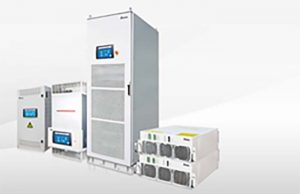
Features
- Fast Responding to Dynamic load
There are APF or SVG modules inside Hybrid System, which guarantee excellent performance in dynamic load application. - Hybrid System Can Correct Both Leading and Lagging PF
There are APF/SVG modules inside Hybrid System, which are able to correct both leading and lagging power factor.
General Specification
- Rated Voltage AC – 415V
- Electric Connection – 3P3W / 3P4W
- Rated Frequency – 50(60) Hz ±10%
- Harmonic Elimination Range – Selectable 2rd ~ 50th order (APF + Capacitor Hybrid)
- Unbalance Correction – Correct negative and zero sequence of load unbalance
VI. EV Charging
Plug into a Greener Future
Delta offers a highly versatile portfolio, including DC chargers, AC chargers, and charging site management systems. To meet the increasing prevalence of EVs, our smart-charging infrastructure solutions combine EV charging and distributed energy resources to optimize charging service and energy efficiency.
- AC Charger
- DC Charger
- Management System
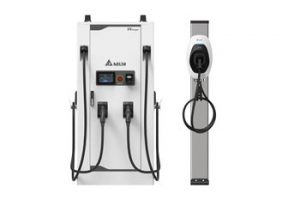
EV Charging Application
With different power ratings, interfaces and functions, choose the right one to fit in your application.
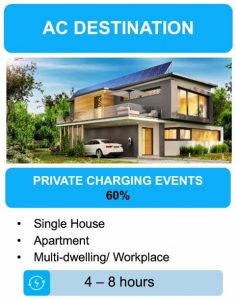
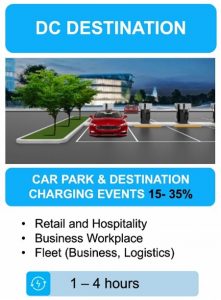
Products Lists
AC Charger
Delta AC chargers have a power output ranging from 7 to 22 kW. Featuring a compact design, global charging interface support, user authorization, and easy installation, our AC chargers are perfectly suited for both commercial and home charging.
DC Charger
Delta DC chargers have a power output ranging from 25kW to 200kW. With high power efficiency as well as multiple outputs and charging interface options, our DC chargers can optimize the operating costs of public and commercial charging services, especially in a space-limited sites.
VII. Delta’s Robotics
In this age of smart production lines and factory automation, industrial robots are applied to perform extremely dangerous tasks, improve flexible manufacturing, reduce manpower cost and save development time.
Delta’s new six-axis articulated robots include two model types to meet all kinds of application demands. Delta is your best partner for smart manufacturing.

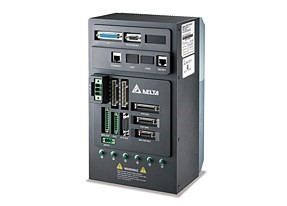
Robot Controller with Servo Drive Integrated
The ASDA-MS Series integrates robot controller and 4 axes of servo drives to perform mathematical calculations, smooth track planning, and loop control in one unit, greatly enhancing real-time system calculation performance. This design perfectly fulfills the demands of an industrial robots’ complex non-linear system and realizes dynamic compensation to achieve high-speed and high precision.
The ASDA-MS Series integrates peripheral devices (such as machine vision systems, sensors, and central computers) through various communication interfaces, and matches extension axes via high-speed motion BUS such as MODBUS and MODBUS TCP to build a complete industrial robot solution.

